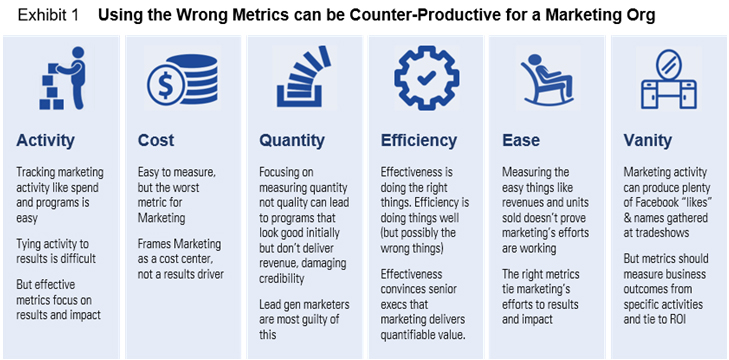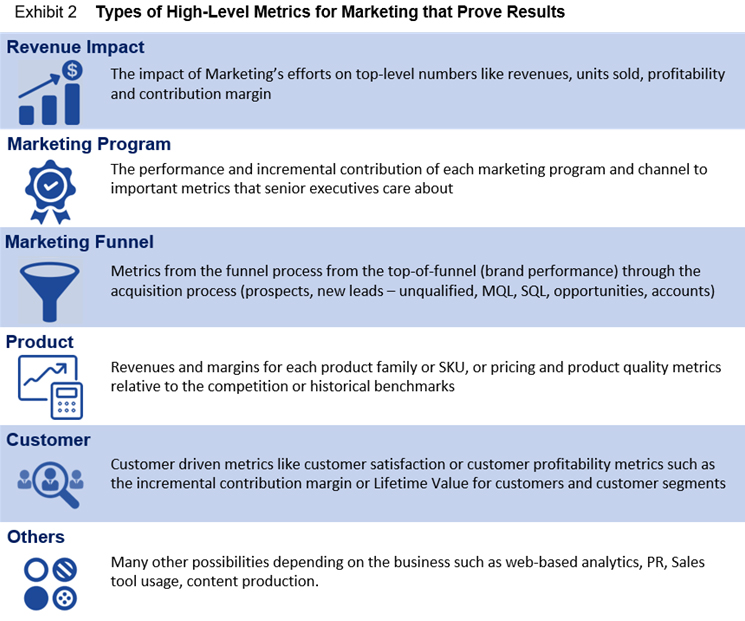Lead Management
Section 1 –Intro to Driving new Revenue Growth
By David Bartenwerfer
Customer acquisition is an important component to increasing revenues in all business scenarios. The strategy in a high growth market is to drive for market share and this requires effectiveness in execution. In lower growth markets profits are most important and thus efficiency is paramount.
Yet Customer Acquisition Management (or Lead Management) as a field of endeavor doesn’t garner much in the way of headlines, even though few business processes are as critical—or as broken. According to recent studies, between 70 and 80 percent of generated leads are never acted upon by customer facing channels and thus are needlessly wasted. Best practices in Lead Management call for immediate action on all leads, with high potential leads directed to high value (and high cost) organizations like Sales and leads with lower potential (or those lacking urgency) routed to more cost-effective channels. By maximizing the potential of each lead, companies can simultaneously increase their return on investment of marketing initiatives AND improve the productivity of their Sales Force.
Historical Challenges
The challenge of Lead Management as an operational discipline is that it doesn’t categorically fit within any single department. Lead Management resides at the transition between Marketing and Sales and, lacking clear ownership, often exists as a slow, inefficient, and largely manual set of processes that are rarely optimally managed on an enterprise-wide scale. Further complicating matters is that leads come from many sources, and many companies fail to centralize lead information making it very difficult to appropriately categorize and route leads to the proper follow-up channel.
In addition, all leads are not equal. Treating all leads equally puts non-purchase-ready leads – ‘cold’ leads – into the hands of Sales and may have a negative effect on both the prospect and the Sales Force. For example, a call from Sales to discuss budget, purchase authority or timing would be inappropriate for a lead in the information-gathering stage and could sour the prospect on the product or service. This practice also has a negative impact on the Sales Force. When Sales must waste valuable time manually culling through cold leads, the organization risks ‘teaching’ Sales that most new leads have little upside, and so they receive limited or no attention.
The scenario above is an all too common example of why Sales often perceives Marketing-generated leads as largely without value. Sales is compensated for driving revenue, so a cold lead is of little use to them. The result is that Sales ignores up to 80% of all Marketing-generated leads. However, studies show that as many as 70% of new leads will eventually make a purchase—from someone. Therefore, improving Lead Management to address all valid leads, regardless of purchase timing, can have substantial benefits and at only minimal incremental cost.
The Value of Improving Lead Management
Across the front office functions (Sales, Call Center, Marketing), optimizing the process of Lead Management can yield the fastest and highest returns with measurable improvements such as:
- Increased Revenues—Proper lead supplementation and scoring prioritizes the call-back list, resulting in more timely attention to ‘hot’ prospects improving win rates and nurturing secondary leads to help secure future revenues.
- Decreased Customer Acquisition Costs—When maximum value is drawn out of each lead, more customers are acquired for the same level of investment, increasing the impact of customer acquisition investments and decreasing the cost of each customer acquired.
- Increased Sales Force Productivity—With leads going to the appropriate channel, supplemented with relevant and valuable information, Sales can spend more time closing and less time researching and culling through lower value leads.
- Increased Response Speed—A faster response to a hot prospect increases the likelihood of a purchase. At best, the prospect is approached at a decision-making juncture; at worst the company has created goodwill by looking organized and professional with the prompt follow-up.
Improving Lead Management requires a company to embrace a holistic approach, paying particular attention to the handoff between Marketing and Sales. The key to a successful Lead Management program is to design protocols using predictive analytics to ensure that more leads reach the right department at the right time to maximize the likelihood of future customer conversion.
Link to the next article in the sequence: Lead Management 2.0 – Symptoms of a Broken Process

Author
David Bartenwerfer is the founder and principal of Quantum Consulting and Technology. QuantumCT helps product and marketing organizations get smarter and prove, predict and optimize impact and ROI with economic and financial modeling that employs customizable algorithms and technology leading to fast and lasting insight and action. Mr. Bartenwerfer has over twenty years’ experience in the High Tech, Internet, Telecom, Media, Financial Services and Retail industries and holds a B.S. in Systems Engineering with minors in applied mathematics and economics from the University of Virginia and an M.B.A. from the Stanford Graduate School of Business. For further information, contact the author at davidbartenwerfer@quantumct.com.
